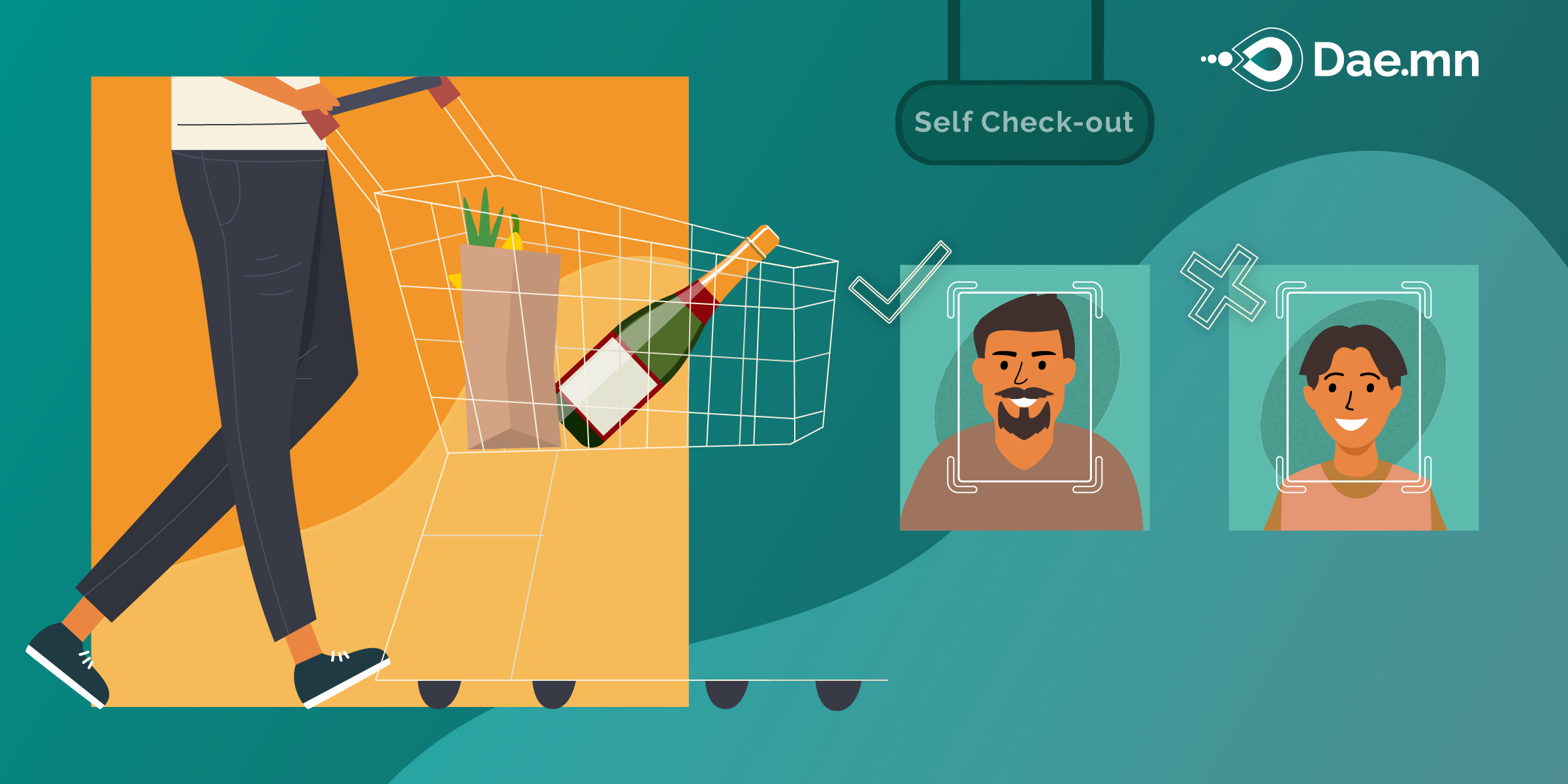
How AI can be used to reduce fraud in retail environments
In-store crime and fraud are major problems for UK retailers and supermarkets. In fact, one in four people surveyed in the UK admitted to committing fraud in one form or another – whether that be self-checkout theft or underage purchasing.
And, although these issues aren’t anything new, Covid-19 has had an impact. According to the NRF’s 2021 National Retail Security Survey, 50% of retailers have seen an increase in shoplifting as a result of the pandemic. More than two-thirds (68%) say overall risks for their organisation – including theft, violence and organised crime – have increased.
So, what’s the solution? If implemented effectively, artificial intelligence (AI) and machine learning (ML) technologies can help retailers fight crime and fraud more effectively. After all, AI is already commonly used in other retail functions - like inventory management, delivery optimisation, and customer service - so why not fraud prevention?
Using facial recognition
AI-powered facial recognition software is fast emerging as a key tool in the never-ending battle against fraud. Retailers worldwide are harnessing the technology to help spot suspicious behaviour, identify serial offenders and even estimate the age of customers (to prevent the underage purchase of products like alcohol, cigarettes, knives, energy drinks and medication).
For example, Sainsbury’s recently trialled an AI-enabled concealment detector in several of its stores, which was able to spot if customers were attempting to steal items and send a short video to security staff. ThirdEye, the company behind the technology, claimed the system stopped more than 5,500 attempted thefts, highlighting the value that AI technology can bring to supermarkets and retailers.
However, the use of facial recognition software raises important ethical questions around privacy and customer consent. Recently, for example, the Co-op faced significant backlash for rolling out facial recognition technology in just 18 of its 4,000 UK stores after seeing an 80% increase in assaults and violence against its staff.
In the US, more than 35 organisations recently joined forces to demand that the country’s top retailers stop using facial recognition to identify shoppers and employees in their stores, even though this technology is primarily used to deter theft and identify shoplifters.
Harnessing computer vision
Despite these bumps in the road, retailers and supermarkets shouldn’t be discouraged from implementing sophisticated technologies. Other forms of computer vision can help them reduce crime and fraud, without raising privacy concerns.
Self-checkout theft is a major issue for the UK’s leading supermarkets - in 2017 it was estimated that British shoppers steal around £3.2billion worth of goods every year.
For example, self-checkout theft is a major issue for the UK’s leading supermarkets, costing them billions of pounds annually. In 2017 it was estimated that British shoppers steal around £3.2billion worth of goods every year. Several common self-checkout scams are still proving effective against self-checkout machines. These include:
- “The banana trick” – scanning expensive items through as less expensive ones based on their weight, e.g. scanning steaks as carrots
- “The switcheroo” – removing the price sticker of a lower priced item and sticking it over the barcode of a higher-priced item
- “The pass around” – customers placing items in their bag without scanning them, often hidden by scanning another item at the same time
Retailers can prevent this by implementing computer vision to work alongside traditional weighing scale systems. This technology can be used to monitor what customers are scanning through self-checkout machines and how they’re using the weighing scales. If users try to weigh a different item, the computer vision can recognise this and prompt the customer to try a different option.
Ultimately, there’s no question that AI is here to stay in retail and can be pivotal in the fight against fraud. But this is just scratching the surface of the potential impact of technology innovation across the sector. There are many examples of how AI and machine learning technologies can be used to solve common issues in the retail space – from making systems ‘smarter’ to streamlining operations – as part of the ongoing move to ‘boundless’ stores. However, many supermarkets either don’t know how to get started, or lack the skills to implement the technology.